Introduction to Sludge Dewatering Technologies
What is Sludge Dewatering?
Sludge dewatering is the process of removing excess water from sludge, which is a byproduct of wastewater treatment. This step is critical in managing the waste generated by industrial and municipal facilities. The goal is to reduce the volume of sludge, making it easier and more economical to handle, transport, and dispose of. Two of the most commonly used methods for sludge dewatering are screw press and centrifuge technologies.
Why Dewatering is Crucial in Wastewater Treatment?
Dewatering plays an essential role in reducing the volume of sludge, which otherwise would be difficult and expensive to manage. By removing excess water, facilities can reduce transportation costs and ensure that the remaining solids are easier to handle. Additionally, screw press sludge dewatering and centrifuge technologies help meet environmental regulations by minimizing waste and reducing harmful pollutants.
- Reduces the volume and weight of sludge
- Minimizes disposal costs
- Helps with environmental compliance
Understanding Screw Press Sludge Dewatering
How a Screw Press Works
The screw press sludge dewatering machine operates using an auger or screw that gradually pushes sludge through a tapered channel. As the sludge moves forward, pressure is applied, forcing excess water out while retaining the solid matter. The dewatered sludge is then discharged at the end of the machine.
- Sludge enters the press and is progressively compressed
- Water is squeezed out through perforated screens
- Dewatered sludge is discharged for disposal or further treatment
Advantages of Screw Press Sludge Dewatering
One of the main advantages of using a screw press for sludge dewatering is its simplicity and low maintenance. Unlike centrifuges, screw presses do not require high-speed rotation, which means they consume less energy and are easier to maintain. Additionally, screw presses can handle a wide range of sludge types, including those with high solid content.
- Low energy consumption compared to centrifuges
- Handles various types of sludge
- Requires minimal maintenance
Applications of Screw Press Sludge Dewatering
Screw press machines are commonly used in both municipal and industrial settings. They are ideal for facilities that need to handle large volumes of sludge on a daily basis, such as wastewater treatment plants, food processing industries, and chemical manufacturing plants.
- Municipal wastewater treatment plants
- Food processing plants
- Chemical and pharmaceutical industries
Integrated Horizontal Food Grade Spiral Screw Sludge Dewatering Machine QXDL-252
Understanding Centrifuge Sludge Dewatering
How Centrifuges Work
A centrifuge uses high-speed rotational force to separate solids from liquids. As the centrifuge spins, the heavier solid particles are pushed to the outer walls, while the water (or liquid phase) is forced toward the center. This method is highly effective for separating fine solids from liquids.
- Rotational force separates solids from liquids
- High-speed spinning helps dewater sludge rapidly
- Requires precise control and monitoring
Benefits of Centrifuge Sludge Dewatering
Centrifuges are known for their speed and efficiency in dewatering sludge. They can process large volumes of material quickly, making them ideal for facilities with high sludge output. Additionally, centrifuges can achieve very low moisture content in the dewatered sludge, which is beneficial for certain applications, such as incineration.
- Fast processing and high throughput
- Achieves low moisture content in dewatered sludge
- Can handle fine solids
Applications of Centrifuge Sludge Dewatering
Centrifuges are often used in municipal wastewater treatment plants, especially in cases where high-speed dewatering is required. They are also common in industries dealing with fine sludge or those that need to achieve very low moisture content in their dewatered sludge.
- Municipal and industrial wastewater treatment
- Paper and pulp industry
- Mining and mineral processing
Comparing Screw Press vs. Centrifuge
Efficiency and Energy Consumption
While centrifuges are fast and efficient, screw presses are generally more energy-efficient. Centrifuges consume significant amounts of power to maintain high rotational speeds, whereas screw presses rely on mechanical compression, which requires less energy.
| Feature | Screw Press | Centrifuge |
| Energy Consumption | Low | High |
| Maintenance | Low | High |
Maintenance and Durability
Screw presses generally require less maintenance compared to centrifuges, which have more complex components and require frequent upkeep. The simple design of screw presses contributes to their durability and low-maintenance nature.
Cost-Effectiveness
In terms of initial investment and long-term operating costs, screw presses are often more cost-effective. Although centrifuges offer faster processing, the higher energy consumption and maintenance costs may make them less economical in the long run.
Suitability for Different Types of Sludge
Screw presses are versatile and can handle a wide range of sludge types, from those with high solid content to those with finer particles. Centrifuges, on the other hand, are better suited for fine-grain sludge, as they excel at separating smaller solids.
FAQ
Which dewatering method is more energy-efficient?
Screw presses are generally more energy-efficient than centrifuges. While centrifuges rely on high-speed rotational forces, screw presses use mechanical compression, which consumes less power overall.
What are the main differences between screw press and centrifuge for sludge management?
The key differences lie in energy consumption, maintenance, and the types of sludge each method can handle. Screw presses are energy-efficient, require less maintenance, and are versatile, while centrifuges are faster and more suitable for fine sludge but are more energy-intensive and costly to maintain.

 ENG
ENG
 English
English русский
русский Español
Español Tiếng Việt
Tiếng Việt ไทย
ไทย
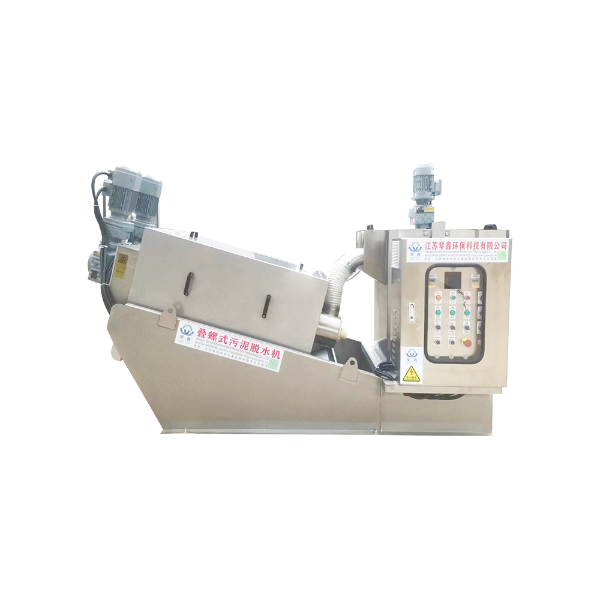
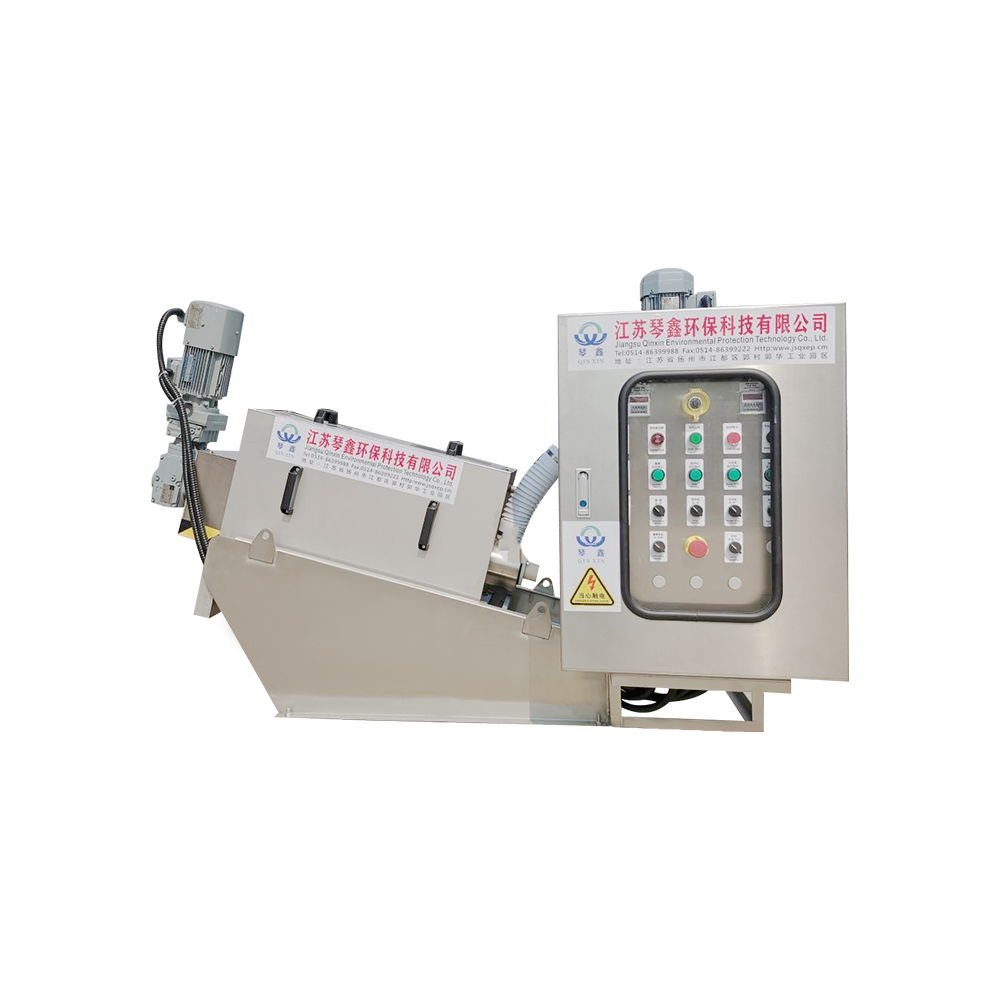
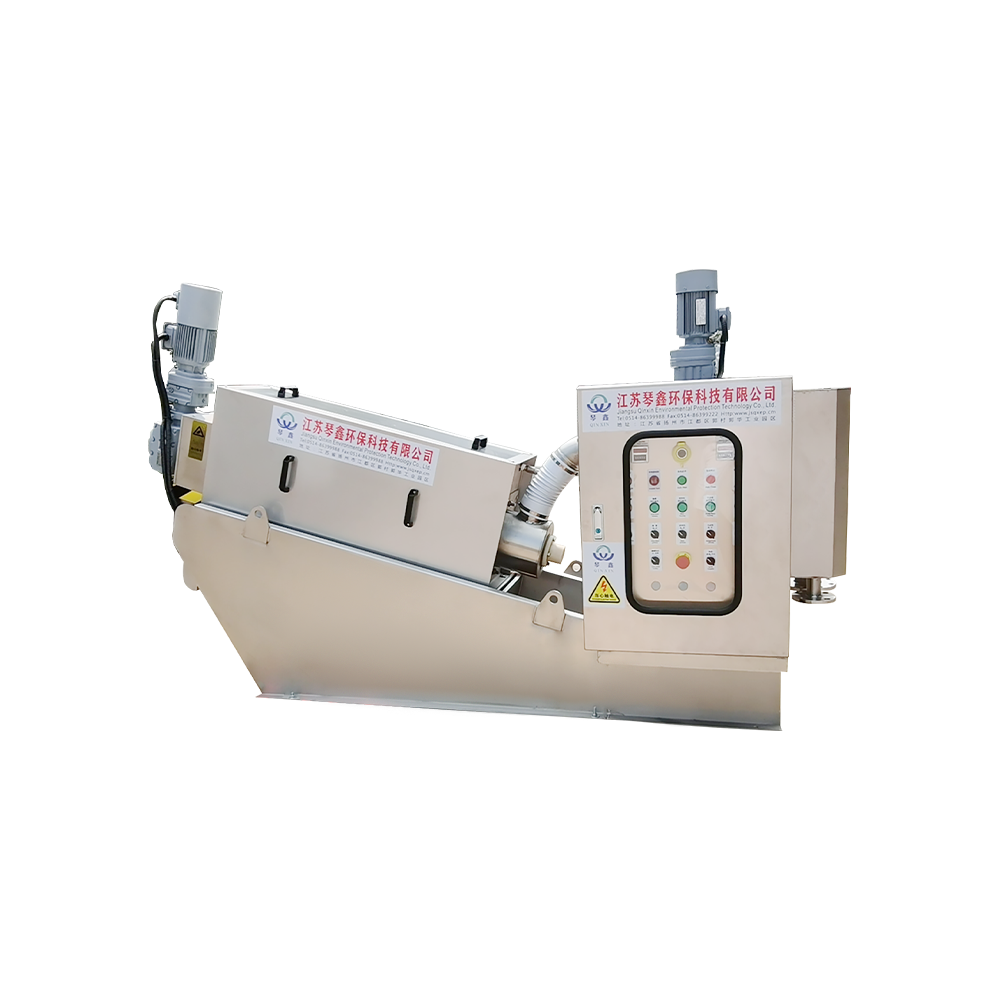
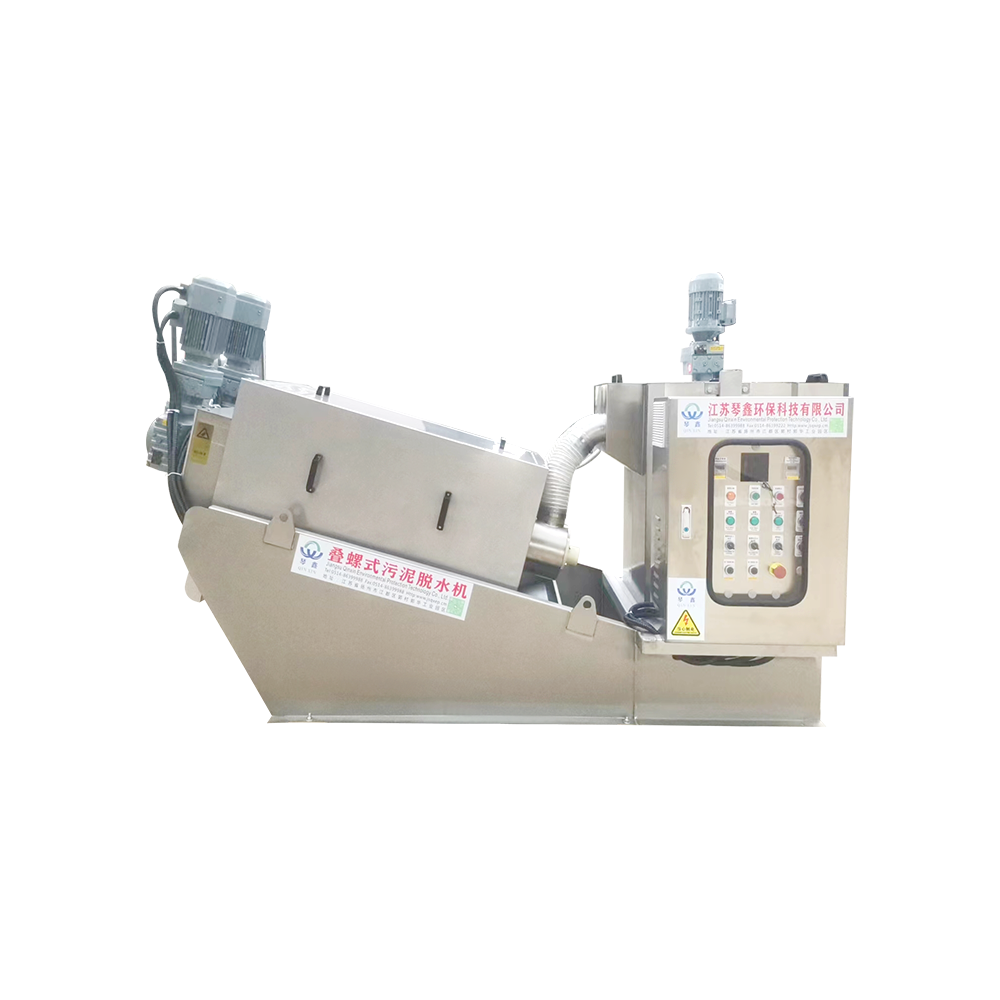
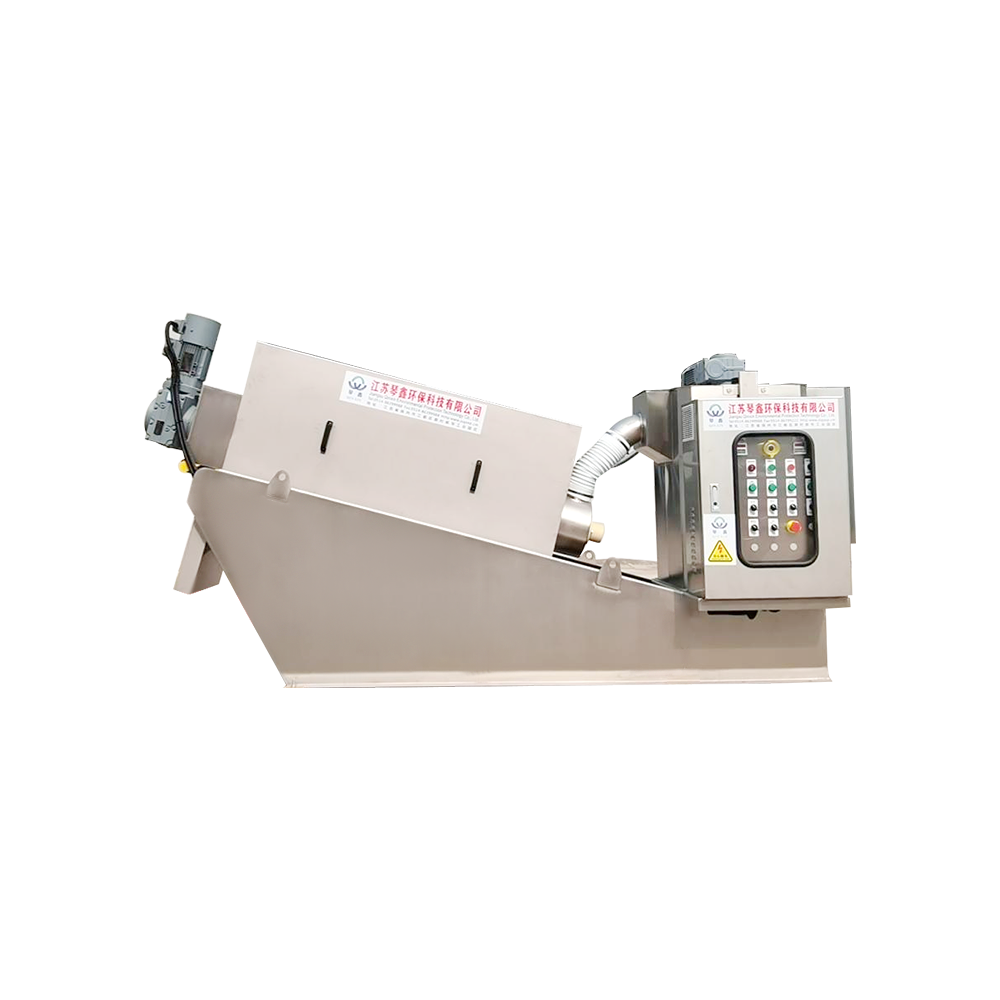
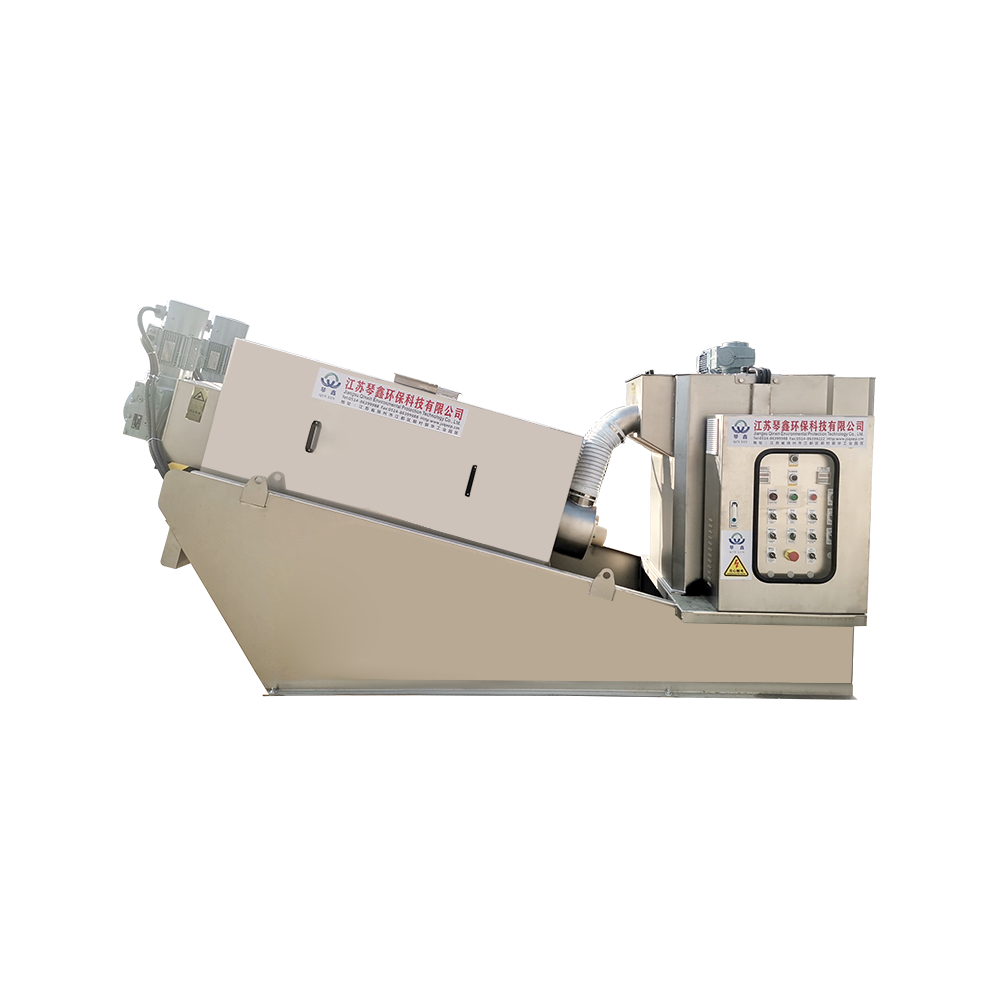
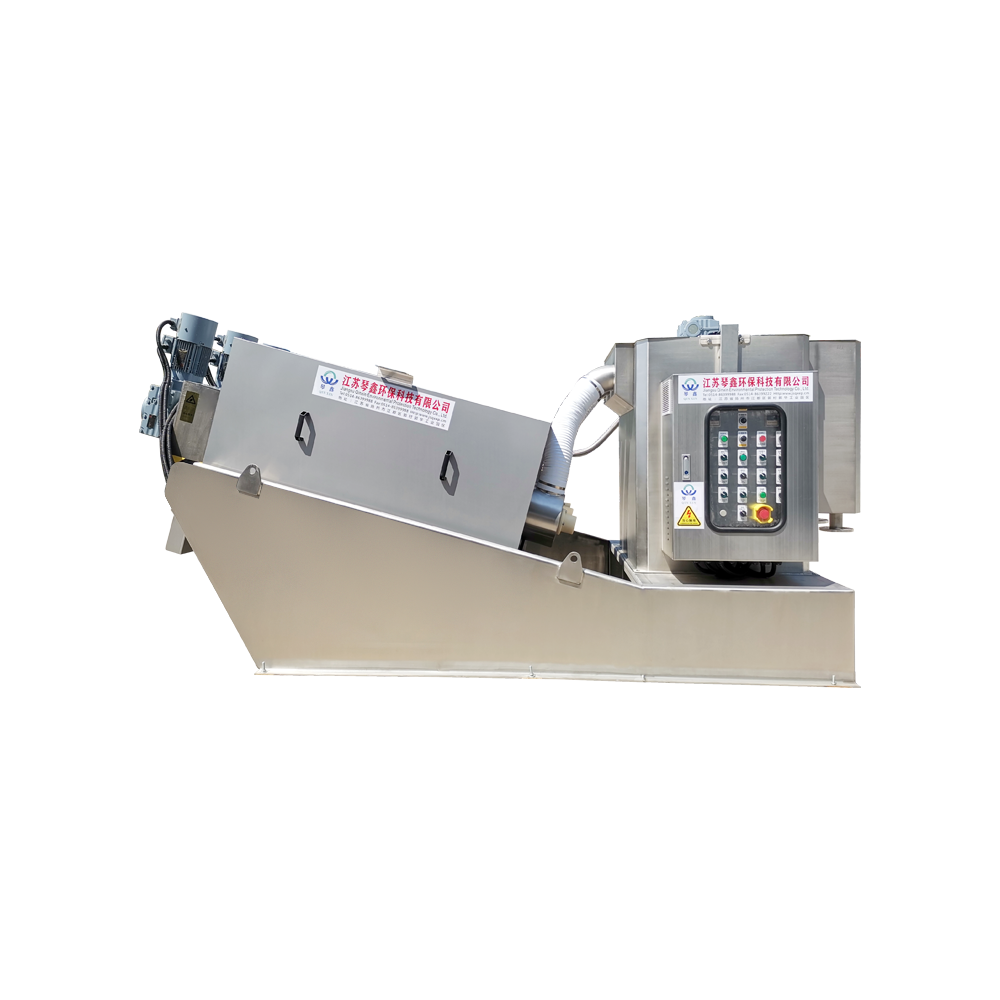
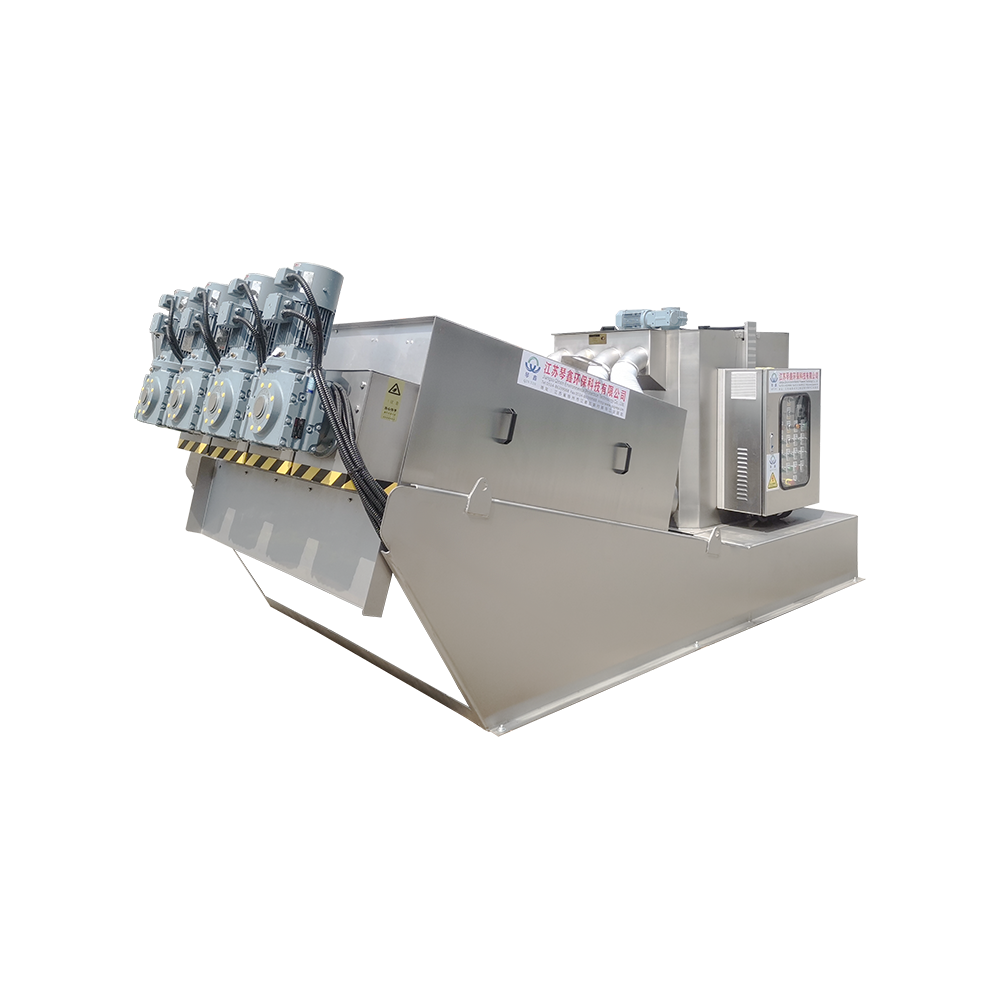
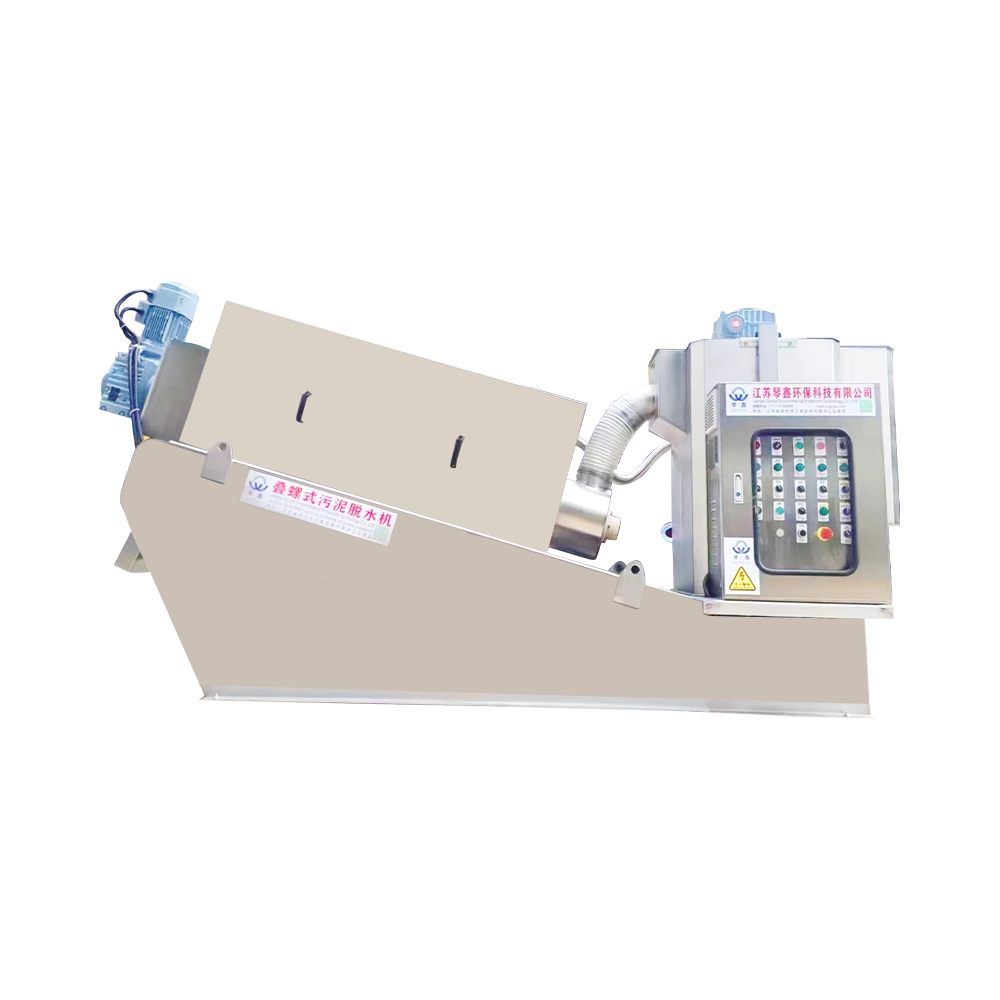
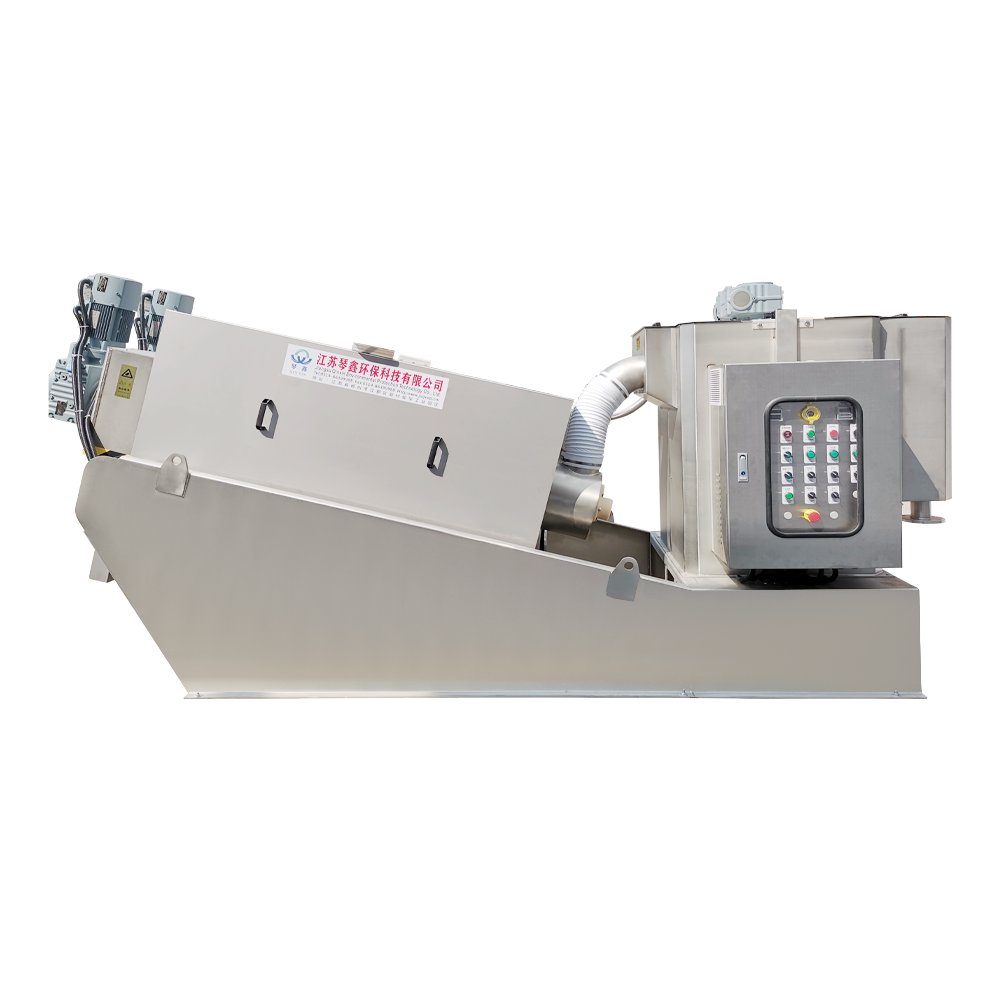
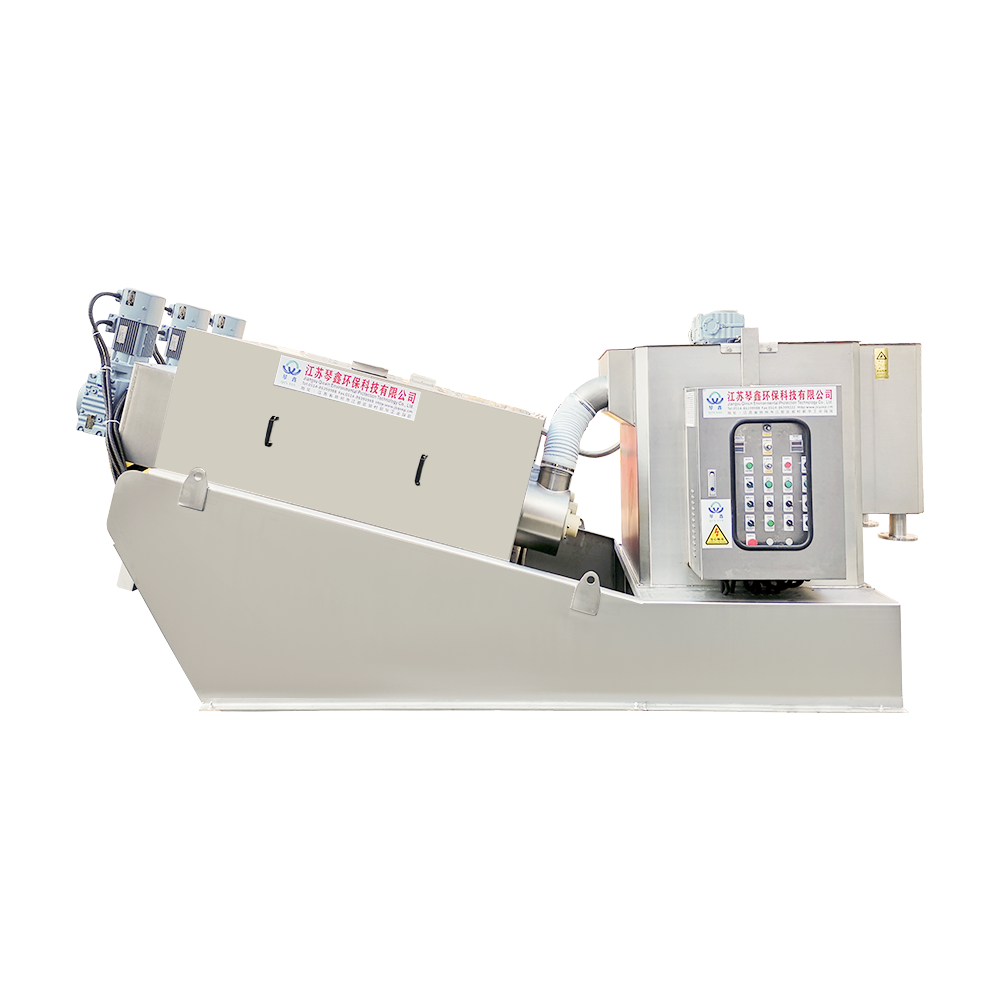
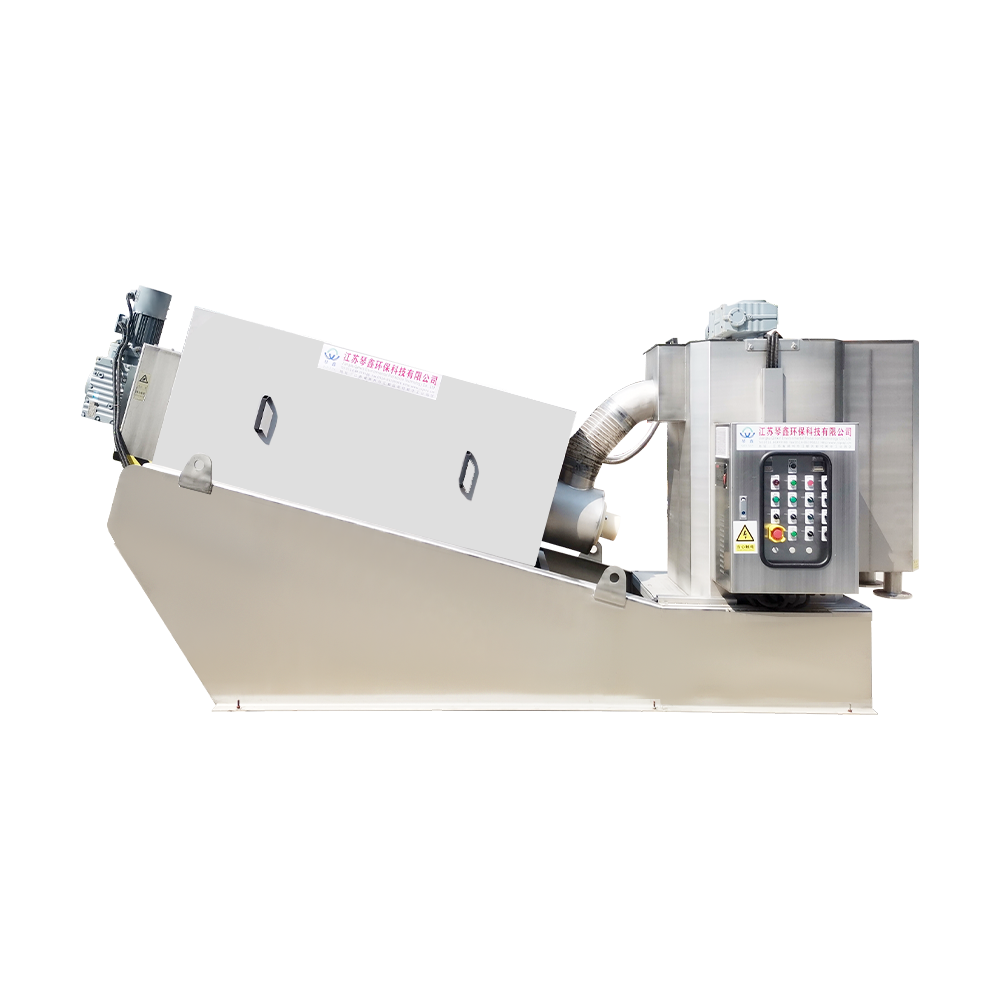
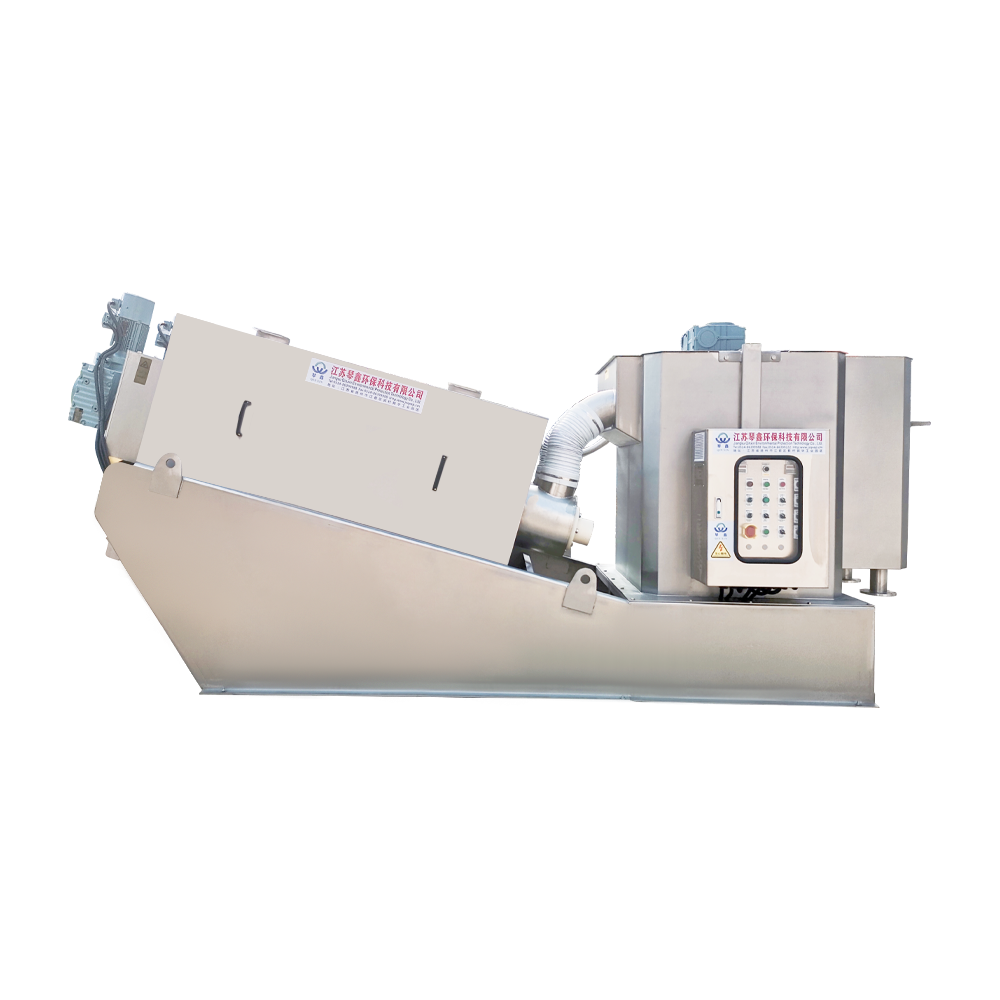
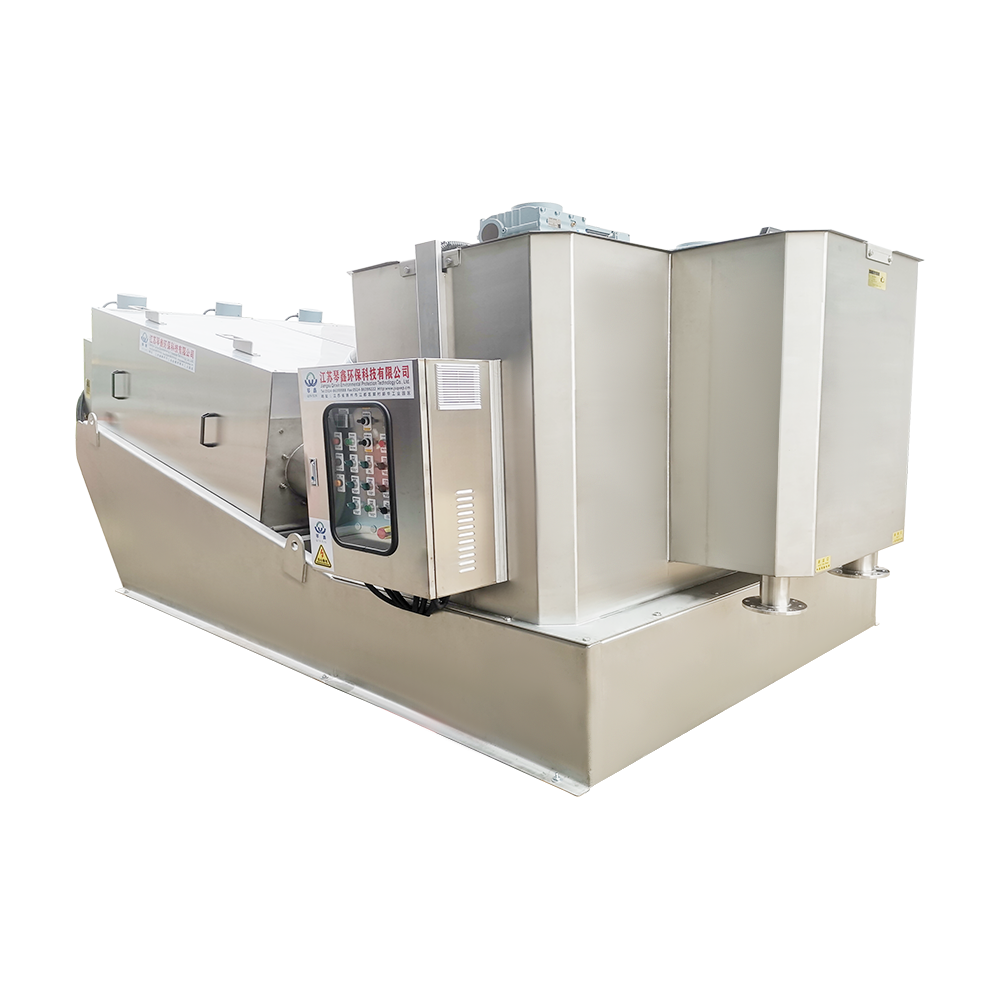
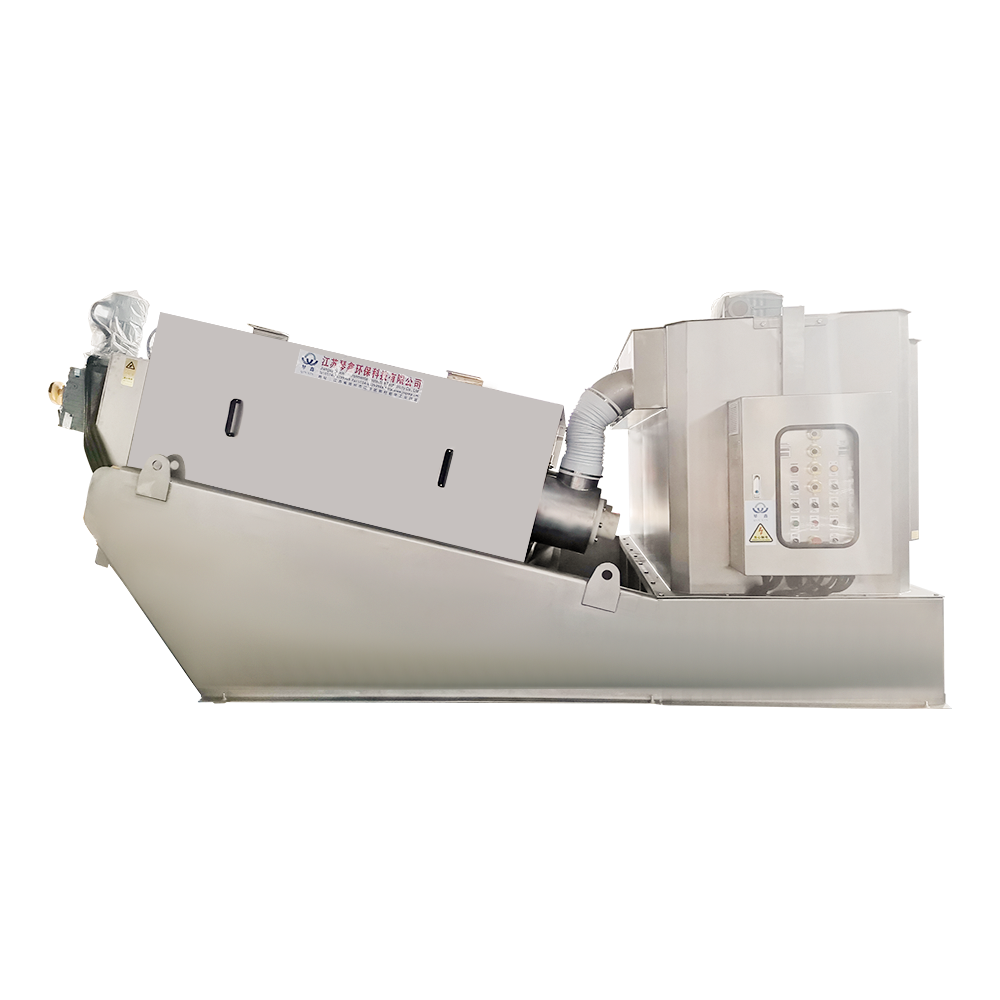
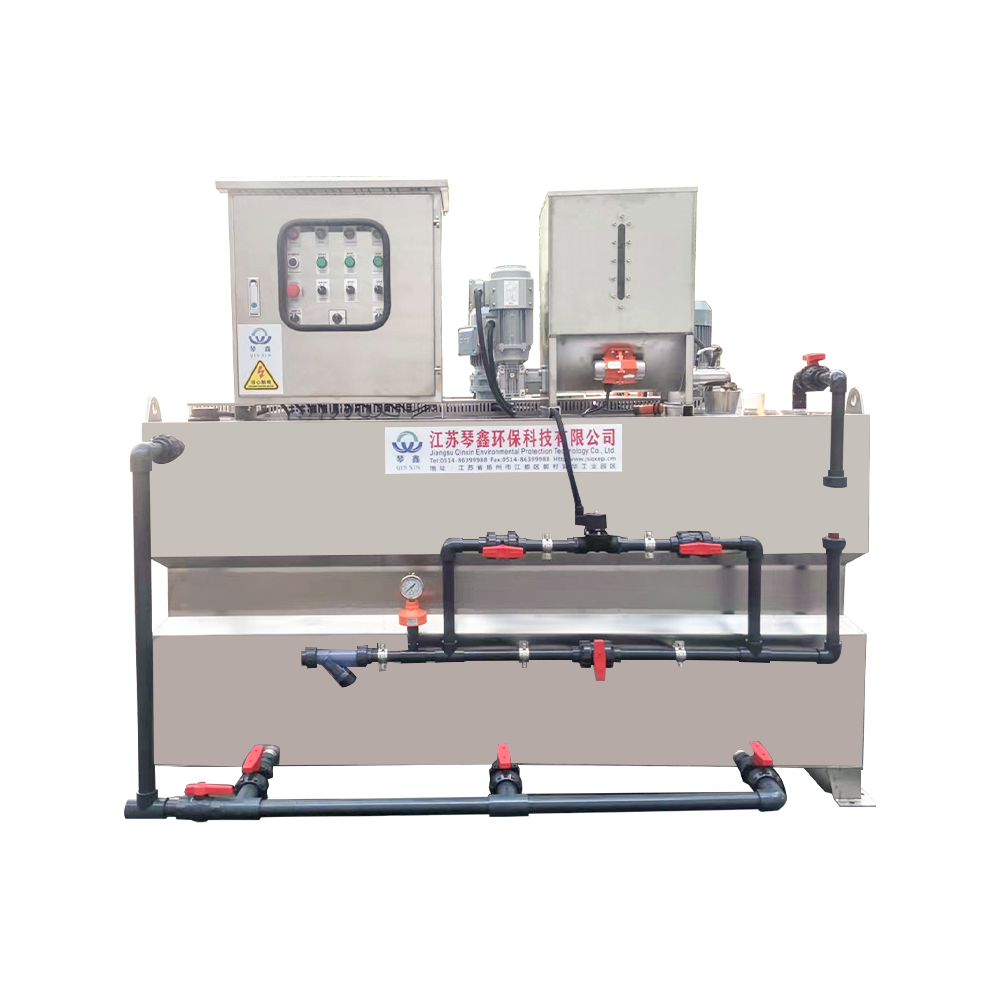

 TOP
TOP